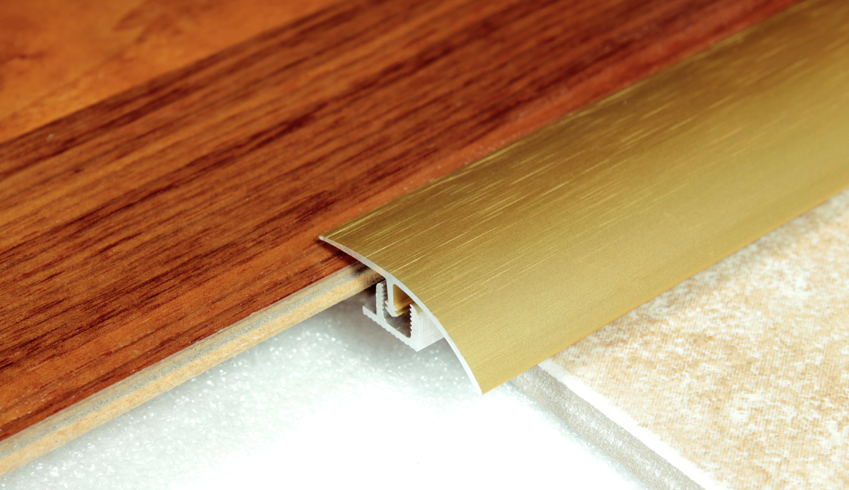
Choose type:
Covering transition profiles join differing covering materials irrespective of whether their heights are the same or different. By choosing the right profile it is possible to aesthetically cover dilatation gaps, height differences between adjoining coverings can be hidden, and a stylish transition can be created at the join of coverings made of differing materials. When laying wood flooring it is vital to take into consideration possible deformations of the material due to temperature fluctuations and the humidity of the room. Covering transition profiles can be split into two groups depending on function. The primary aim of the height levelling profile is to bridge differences in height levels, while the level profile provides a precise, simple or dramatic solution to transitions between differing coverings. Profile fixing while laying the covering is achieved by being installed and using glue, but in many cases where exactly the use of a given profile is needed only becomes apparent after the coverings have been laid. Retro-fitted transition profiles can be fixed by screwing, plugging and glueing.
The convex profile is a sought-after and popular classical form in private constructions and renovations. It not only serves to cover over dilatation grouting but it can also be used as an interior threshold and at the transition of tiling and carpeting, when two fitted coverings meet at an angle.
The profile protects the edges of coverings and the join between coverings of identical height. The convex form also allows minor height differences to be evened out. The visually attractive form is made of various materials and with different surface treatments. The profile is fitted after coverings have been laid.



